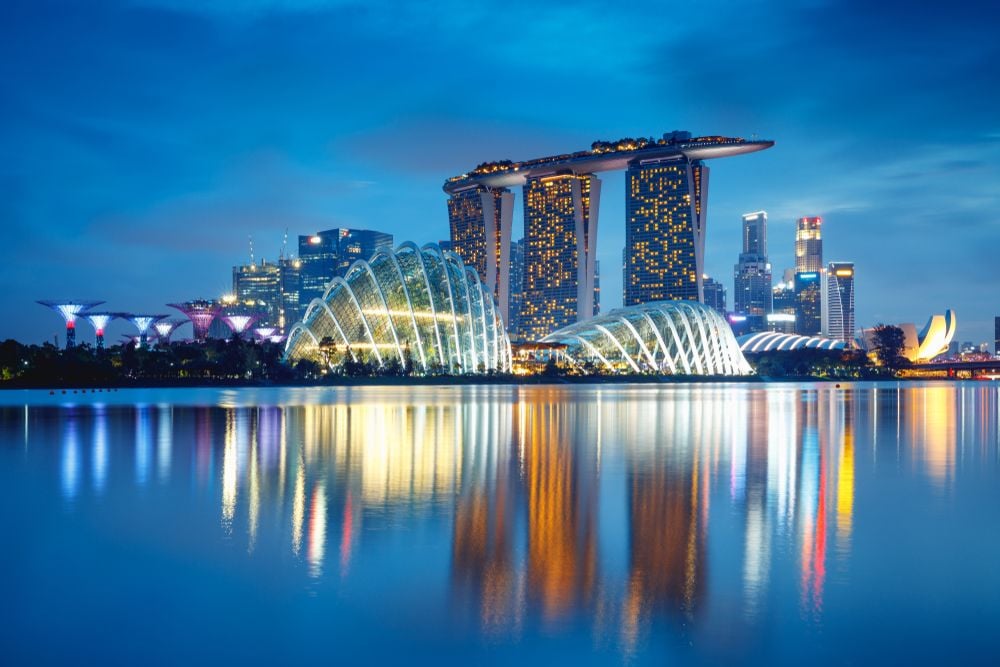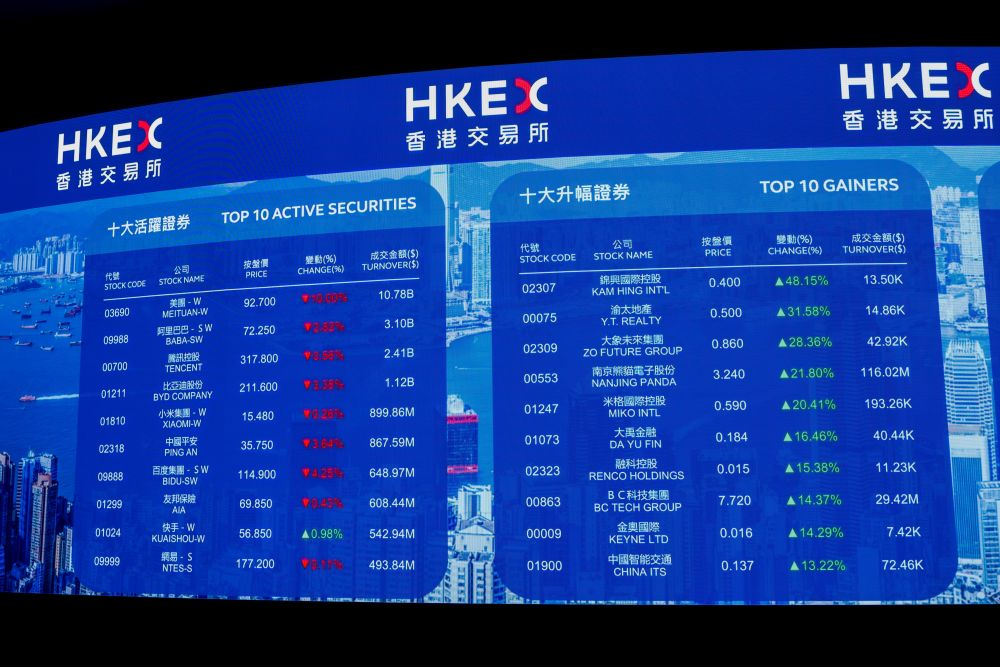The fiery President of the Philippines lands in Beijing this week to begin a state visit from October 18 to 21. President Rodrigo Duterte is expected to meet with China’s President Xi Jinping and Premier Li Keqiang. Until a few months ago, a trip to China, let alone a state visit, would have been unimaginable.
Fulfilling his campaign promise of “change is coming”, Duterte wasted little time in moving the country away from an adversarial stance vis-à-vis China that was the hallmark of his predecessor’s approach to one of reconciliation. The sharp U-turn in foreign policy has been unsettling to some including the country’s long-term allies, especially the United States.
The worry is that adopting such a drastic change in foreign policy with allies that have been with the country for seven decades is discombobulating; it also could result in the cutting of the annual aids and grants. The US State Department, for example, recently indicated that it had set aside US$180 million for the Philippines for the year beginning October 2016.
To a country where one in four lives below the poverty line, that may appear quite generous. Duterte, however, describes such assistance as “crumbs”. Instead, he is determined to hitch the Philippine wagon to China, a country that can be generous when interests are aligned. It also does not take issue with domestic policy – such as Duterte’s bloody drug war.
China has indeed been resolute in using its growing economic might to advance its goals. Look no further than 5,700 kilometres northwest of the Philippines to witness the transformation happening in Pakistan.
Shaukat Aziz, the former prime minister of the country, describes Pakistan’s partnership with China and which forms part of the One-Belt-One Road (OBOR) initiative of President Xi as a “game changer”. China has committed US$46 billion worth of projects – about 17% of the country’s nominal GDP – that Aziz has described as unprecedented in the country’s history.
That commitment, the China Pakistan Economic Corridor (CPEC), was signed 18 months ago in April 2015 during the state visit of Xi to Pakistan. Already, at least US$14 billion of the funds promised have been invested. “Funds continue to come in every week, every month,” shares one informed source. “They are going to fund power plants, roads, ports and other infrastructure. Some are coming in as debt; others as equity.” By 2018, Pakistan will be able to enjoy a surplus in power for the first time.
China has had a cordial relationship with Pakistan historically. But until recently, it has never translated to actual economic activity. Part of the problem is the security situation in the country. One of China’s objectives is to build an extensive road and rail network from China’s western Xinjiang province through Pakistan’s heartland and into the Port of Gwadar, a deep-water port with a draft of 47 feet located on the southwestern coast of Balochistan by the critical Straits of Hormuz in the Arabian Sea.
When the Pakistan army finally managed to take control of the security situation three years ago, the discussion resumed to restart work and expand the port and the ancillary links. With the signing of the CPEC agreement, it essentially turbo-charged the engines, according to one banker. “If China was not there, you would still have seen some growth [as a result of the improved security situation] but the Chinese investments really transformed it.”
China’s stepped-up investment in Pakistan has had other spillover effects. For example, the Pakistan Stock Exchange is one of the region’s best-performing up 17.1% to mid-October 2016 according to the MSCI Share Price Index behind Indonesia (23.1%) and ahead of the Philippines (1.7%) and Malaysia (1.5%). Portfolio investors from Europe and the US are notable especially as Pakistan secured an MSCI upgrade to emerging from frontier market status in June 2016.
Strategic investors are also showing interest to enter the country with a population of 195 million. In July 2016, the Dutch cooperative, FrieslandCampina (best known for the Dutch Lady brand of dairy products), teamed up with the International Finance Corp and FMO, the Netherlands development bank, to acquire a 51% interest in Engro Foods for US$448 million from Engro Corp, one of Pakistan’s largest conglomerates. It is the single largest private sector foreign direct investment in Pakistan in recent years.
Will the Philippines be able to enjoy the same generous support from China as Pakistan is enjoying today with Duterte’s visit this week? The dire state of the Philippines’ infrastructure certainly lends itself to China’s expertise in mapping out and financing much-needed roads, railways and ports critical to unlocking the potential of a country whether it is in Africa, Pakistan, or the Philippines.
China is also incentivized to encourage particularly its state-owned enterprises in various industries including in construction and engineering to explore opportunities offshore amid a slowdown in its home market. With surplus capacity such as in steel, what better way for China to reduce this pressure by building new roads and railways in corridors along OBOR.
For example, the Philippine National Economic Development Authority, the planning agency, has outlined a 2,000-kilometre railway project in Mindanao linking the island’s major business centres such as Cagayan de Oro, Iligan, Zamboanga, General Santos Davao Butuan and Surigao at a preliminary cost of 78 billion pesos (US$1.6 billion). As one of the pet projects of Duterte, it could be high on the agenda as part of the rapprochement deal between the two countries.
This week’s state visit by Duterte is a start but it is unlikely to result immediately in the kind of bonanza that China showered Pakistan 18 months ago. Already, news reports suggest a modest US$3 billion of financing agreements that could be signed as a gesture of the new beginning between the two countries.
China also may need to redraw its OBOR map, which today conveniently skirts the Philippines likely the result of the ongoing tension over the South China Sea. More likely it is when Xi reciprocates a state visit to the Philippines perhaps in the coming 12 months that the extent of China’s view of the strategic importance of its neighbour will be known.
In Pakistan, this importance is even enshrined in China’s 13th five-year plan, which was approved in November 2015. From China’s perspective, it wants to showcase Pakistan as a model of OBOR so that in five year’s time, the impact of its efforts could be seen. China’s investment, one banker describes, is long-term and strategic. “Even if they do just 20% of what they are doing in China, Pakistan will be transformed.”
Duterte is likely to be aiming for no less a similar transformation. After all, as the first Philippine president from Mindanao, he probably hopes to be remembered more for ending the decades-old bloody conflict in the south that has been the root of its underdevelopment. If and when he turns Mindanao to become truly a Land of Promise as this island is often called, then Duterte’s pivot in foreign policy today that has been a big worry will no longer be such a mystery.









